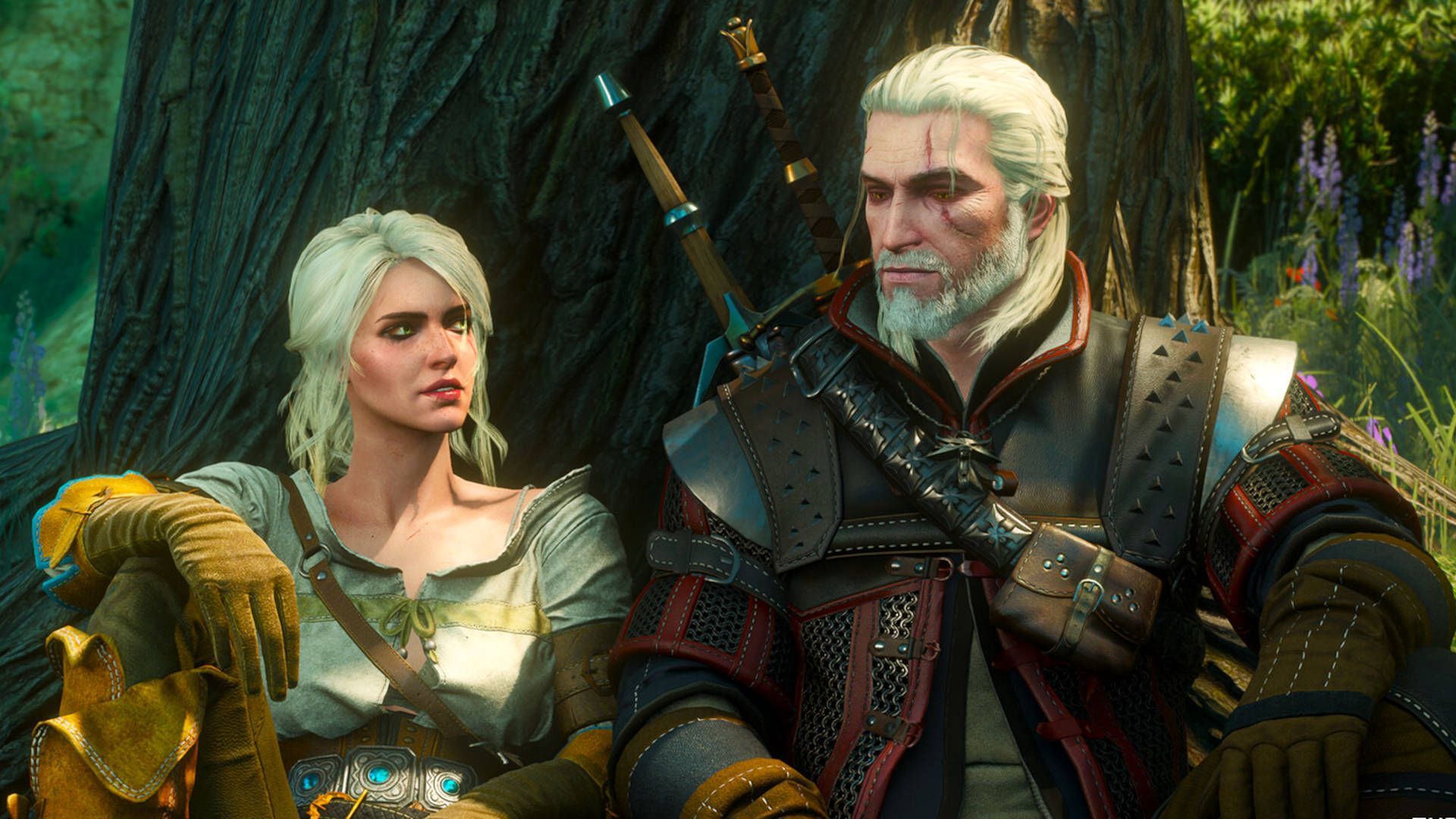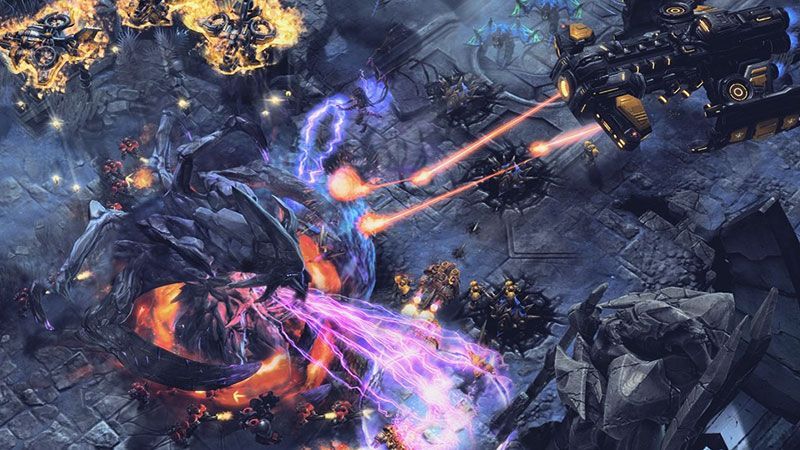
There are few greater moments of joy while playing video games than discovering that the storyline you are playing through is, you know, actually interesting.
This often results in twists and turns that are not exactly obvious.
A main character suffering some unexpected fate. The person you thought was a hero suddenly becomes the villain.
We've all seen it multiple times and we love it.
But how do these story twists happen within the mechanics of the game?
This week, we will break down narrative-based video games and some behind-the-scenes mechanics and technologies at work that are used to weave a compelling story and allow player choices to influence the narrative. Strap in, folks.

Branching Narratives and Story Trees: This is the core concept that so many have heard of. Think of it as a super-complicated game of "If this, then that."
Remember those "Choose Your Own Adventure" books? It's like that except the "choosing" comes from actions that players do in the game.
The game engine houses a pre-determined narrative structure that branches out based on player choices at specific points.
Imagine an upside-down tree where the trunk represents the main story and major decisions act as branches leading to different sections of the narrative.
State Management and Flags: Here's another good one and we say that because these are decisions being made by the game while you play and attack that castle.
Games track player choices through a system called "state management." This system uses flags, which are essentially digital switches, to record specific decisions for later use. Depending on which flags are "on" or "off," the game unlocks or restricts certain narrative elements.
Have you ever been stuck in a video game for hours and then realized that it was because of one specific accomplishment you hadn't achieved? Yeah, that's the flag system making you rack your brain and potentially throw your controller.

Dialogue Trees and Scripting: A similar mechanic comes into play when a player interacts with a character. Often, they're presented with dialogue options.
Each option leads to a pre-written script or set of responses that determine how the conversation unfolds and potentially alters the story path.
It's tough to visualize but, when you are actually in a well-thought-out dialogue tree, the feeling of immersion within a world and that your conversation decisions can help build the ultimate video game direction is somewhat powerful.
Content Management and Conditional Loading: If you're a video game veteran, this one essentially is self-explanatory. The game engine manages access to story content based on a player's choices.
Certain areas, characters, or events might only be accessible if specific flags are set by previous decisions.
The engine conditionally loads this content when the player's choices dictate it.

Artificial Intelligence (AI) in some cases: While less common for major story branches, AI can be used to dynamically adjust minor details or character behaviors based on player choices.
For instance, an AI system might influence how an NPC reacts to the player based on past interactions.
The use of artificial intelligence has increased in recent years and as platform power increases. It's only a matter of time before AI is the main driver in interactions with non-player characters.




